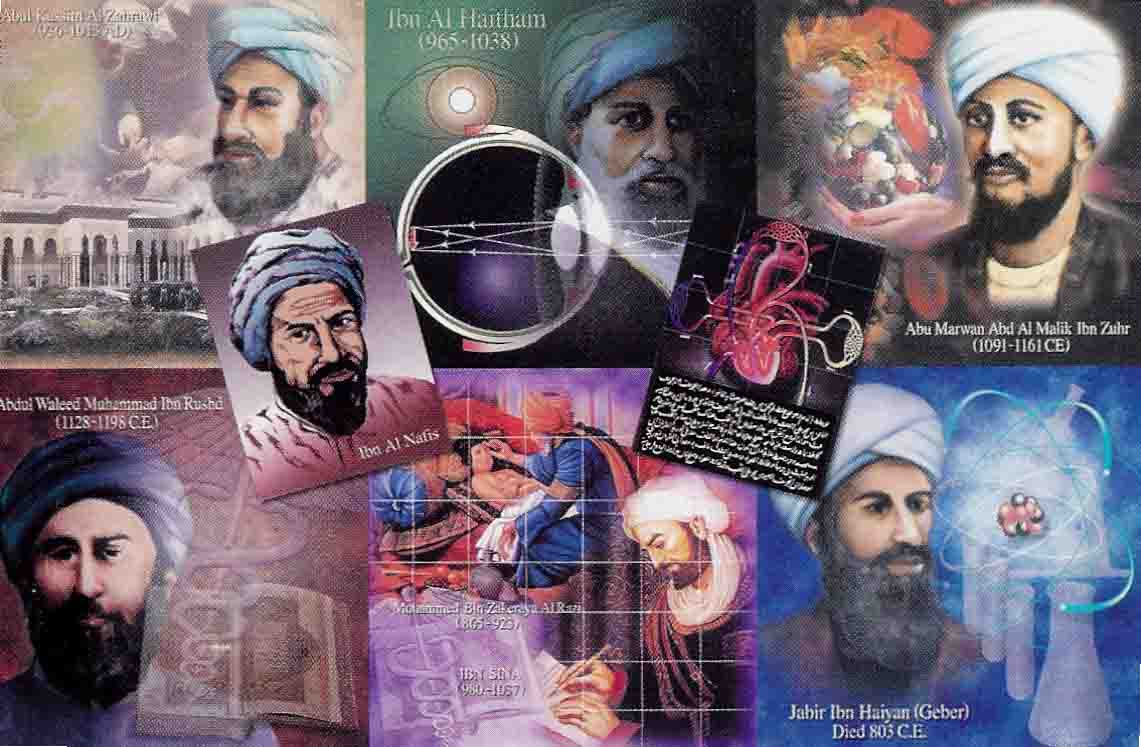A
bd al-Rahman Ibn Mohammad is generally known as IbnKhaldun after a remote
ancestor. His parents, originall y YemeniteArabs, had settled in Spain, but
after the fall of Seville, had migratedto Tunisia. He was born in Tunisia in
1332 A.D., where he receivedhis early education and where, still in his teens,
he entered the serviceof the Egyptian ruler Sultan Barqu q. His thirst for
advanced know-ledge and a better academic setting soon made him leave this
serviceand migrate to Fez. This was followed by a long period of unrestmarked by
contemporary political rivalries affecting his career.This turbulent period also
included a three year refuge in a smallvillage Qalat Ibn Salama in Algeria,
which provided him with theopportunity to write Muqaddimah, the first
volume of his worldhistory that won him an immortal place among historians,
sociolo-gists and philosop hers. The uncertainty of his career still
continued,with Egypt becoming his final abode where he spent his last 24
years.Here he lived a life of fame and respect, marked by his appointmentas the
Chief Malakite Judge and lecturing at the Al-Azhar Universit y,but envy caused
his removal from his high judicial office as many asfive times.
Ibn Khaldun's chief contribution lies in philosophy of historyand sociology.
He sought to write a world history preambled by afirst volume aimed at an
analysis of hist orical events. This volume,commonly known as Muqaddimah
or 'Prolegomena', was based onIbn Khaldun's unique approach and original
contribution andbecame a masterpiece in literature on philosophy of history
andsociology. The chief concern of this mon umental work was toidentify
psychological, economic, environmental and social factsthat contribute to the
advancement of human civilization and thecurrents of history. In this context,
he analysed the dynamics ofgroup relationships and showed how group-fe elings,
al-'Asabiyya,give rise to the ascent of a new civilisation and political
power andhow, later on, its diffusion into a more general civilization
invitesthe advent of a still new 'Asabiyya in its pristine form. He
identifiedan almost r hythmic repetition of rise and fall in human
civilization,and analysed factors contributing to it. His contribution to
historyis marked by the fact that, unlike most earlier writers
interpretinghistory largely in a political context, he emphasised environ
mental,sociological, psychological and economic factors governing theapparent
events. This revolutionised the science of history and alsolaid the foundation
of Umraniyat (Sociology).
Apart from the Muqaddimah that became an importantin dependent book
even during the lifetime of the author, the othervolumes of his world history
Kitab al-I'bar deal with the history ofArabs, contemporary Muslim rulers,
contemporary European rulers,ancient history of Arabs, Jews, Greeks, Romans,
Pers ians, etc.,Islamic History, Egyptian history and North-African
history,especially that of Berbers and tribes living in the adjoining areas.The
last volume deals largely with the events of his own life and isknown as
Al-Tasrif. This was also written in a scientific manner andinitiated a
new analytical tradition in the art of writing autobio-graphy. A book on
mathematics written by him is not extant.
Ibn Khaldun's influence on the subject of history, philosophyof history,
sociology, political s cience and education has remainedparamount ever since his
life. His books have been translated intomany languages, both in the East and
the West, and have inspiredsubsequent development of these sciences. For
instance, Prof. GumPloughs and Kolosio conside r Muqaddimah as superior
in scholarshipto Machiavelli's The Prince written a century later, as the
forrnerbases the diagnosis more on cultural, sociological, economic
andpsychological factors.








